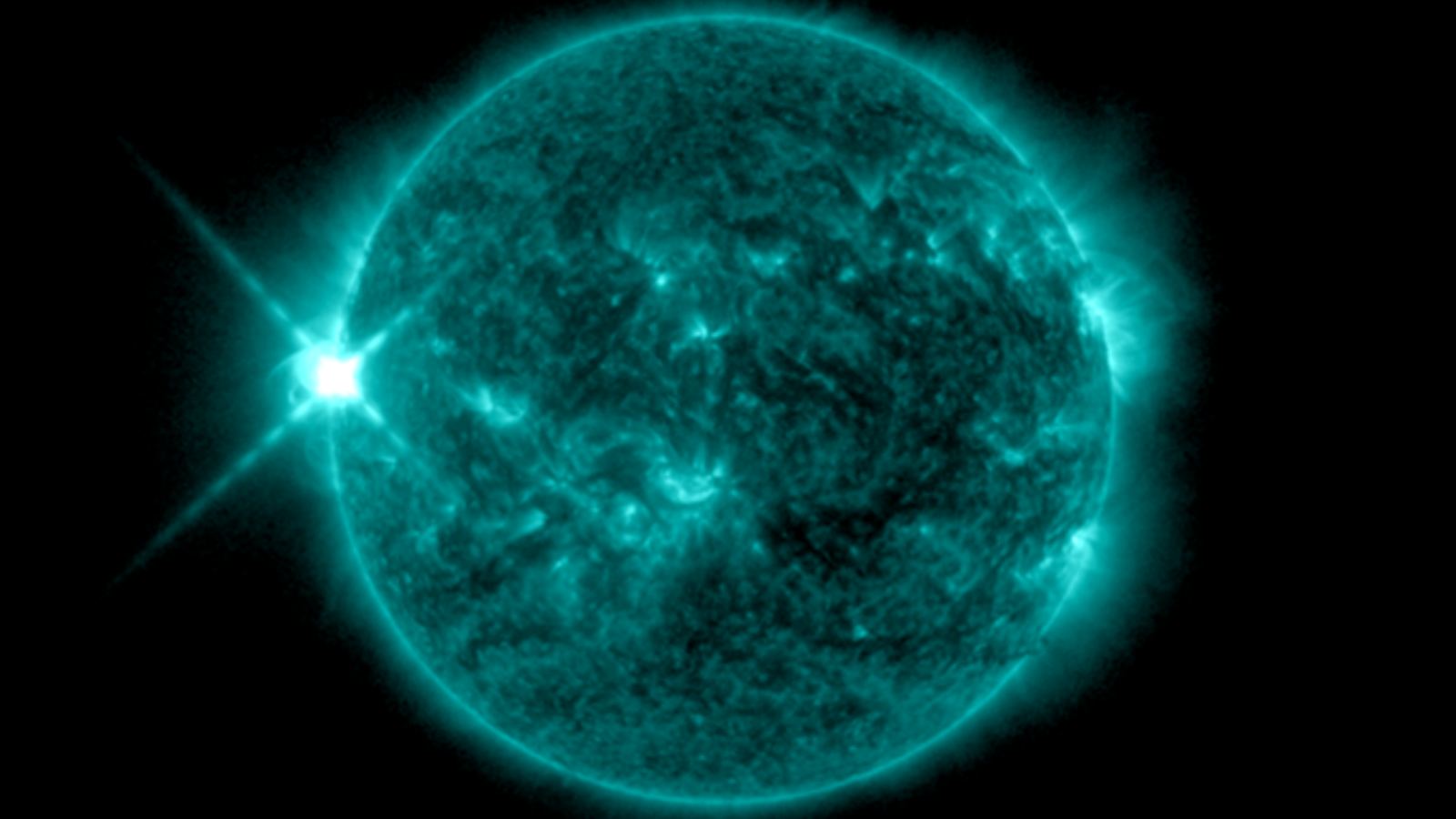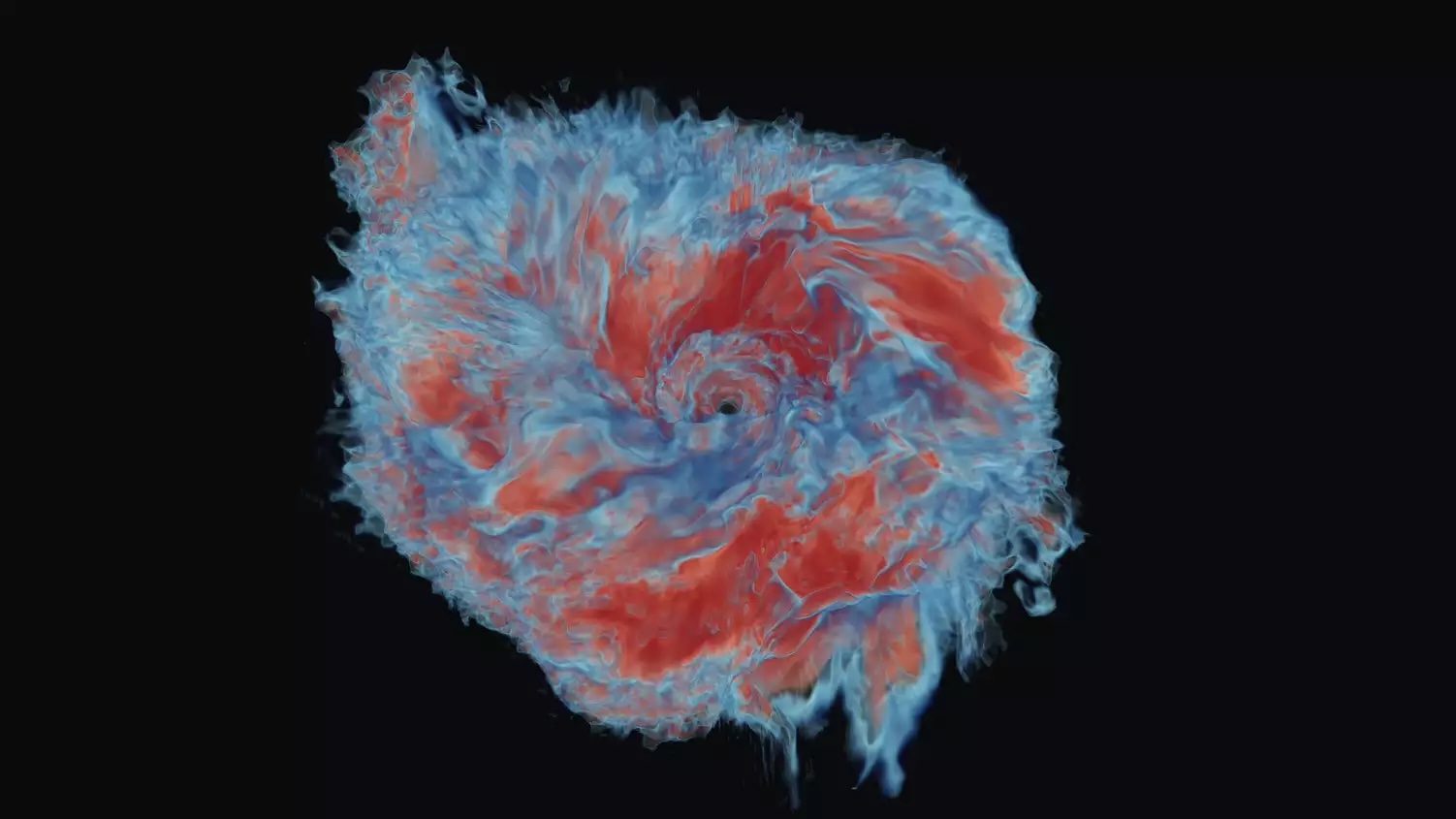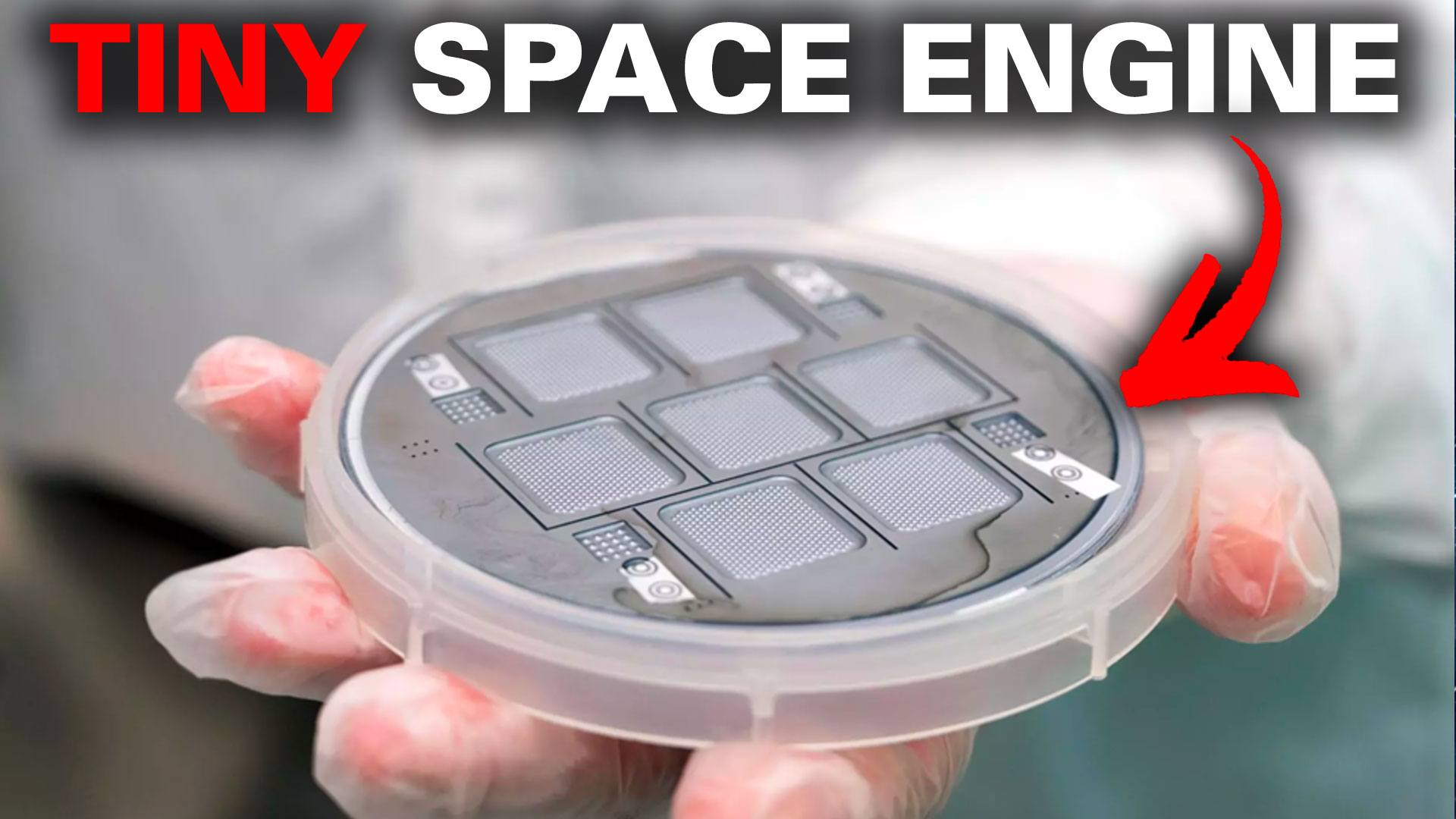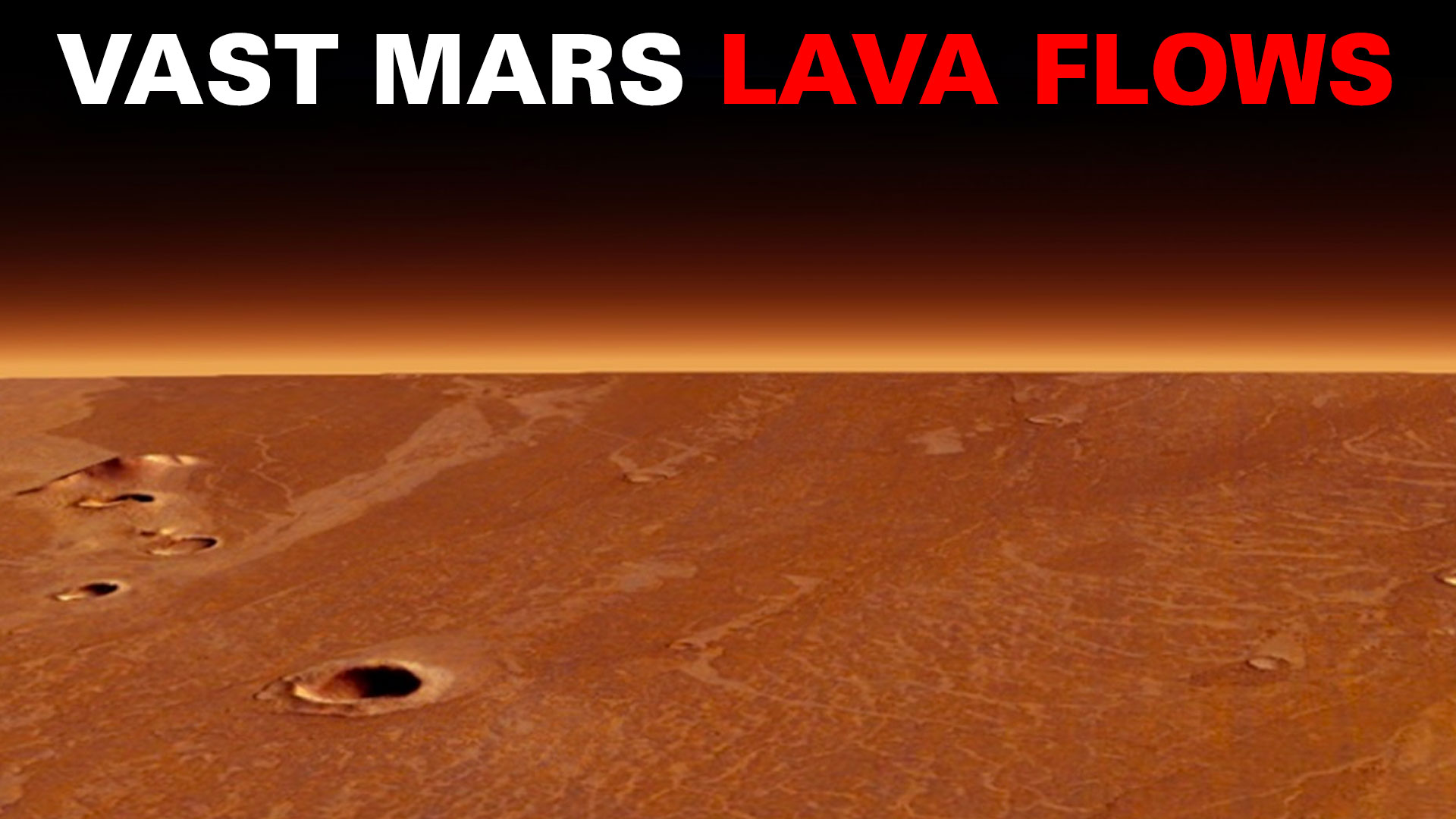You know how some constellations take a little bit of imagination to see? Yes, Leo looks a bit like a lion and Orino a bit like a hunter but then we drift into the realms of powerful levels of imagination to be able to see Pegasus as a flying horse or Telescopium as a telescope! Even squinting or tilting your head really doesn’t make them visible. I found the same problem when looking at images of two stone disks discovered in Italy recently at the entrance to an ancient fort! Teams that have examined the stones have matched the subtle markings on them to positions of 28 bright stars in the sky! I had to really look to see it but I think they might actually be right!
Continue reading “An Ancient Stone Found in Italy is an Accurate Map of the Night Sky”An Ancient Stone Found in Italy is an Accurate Map of the Night Sky










